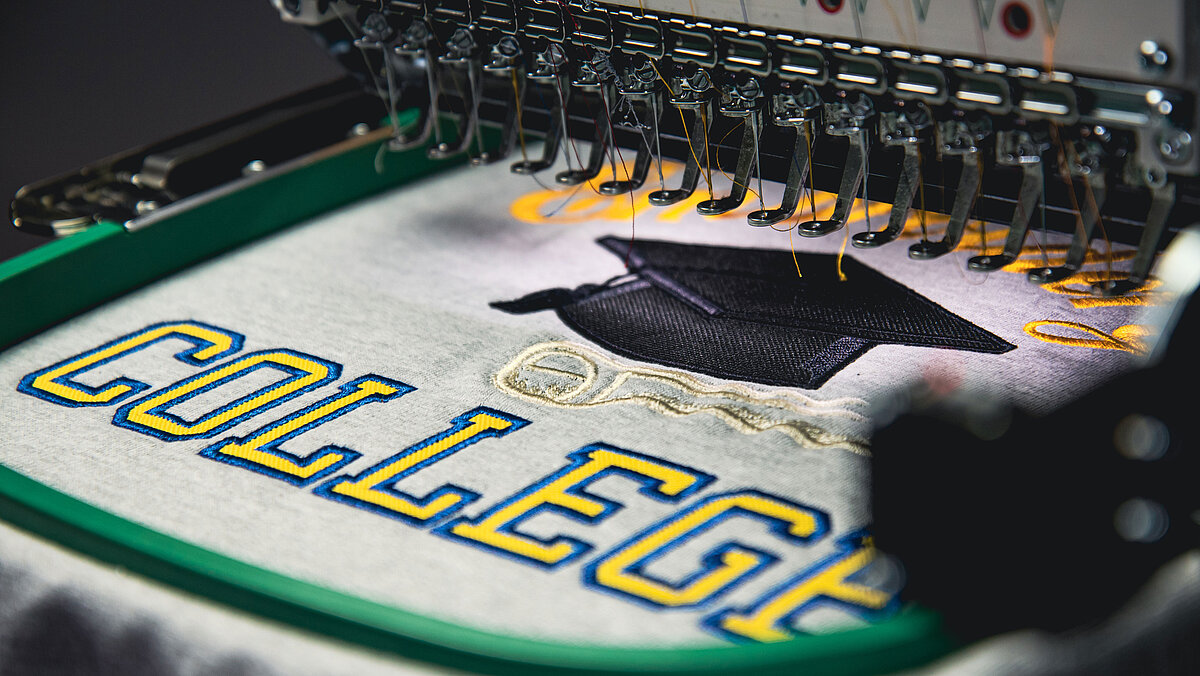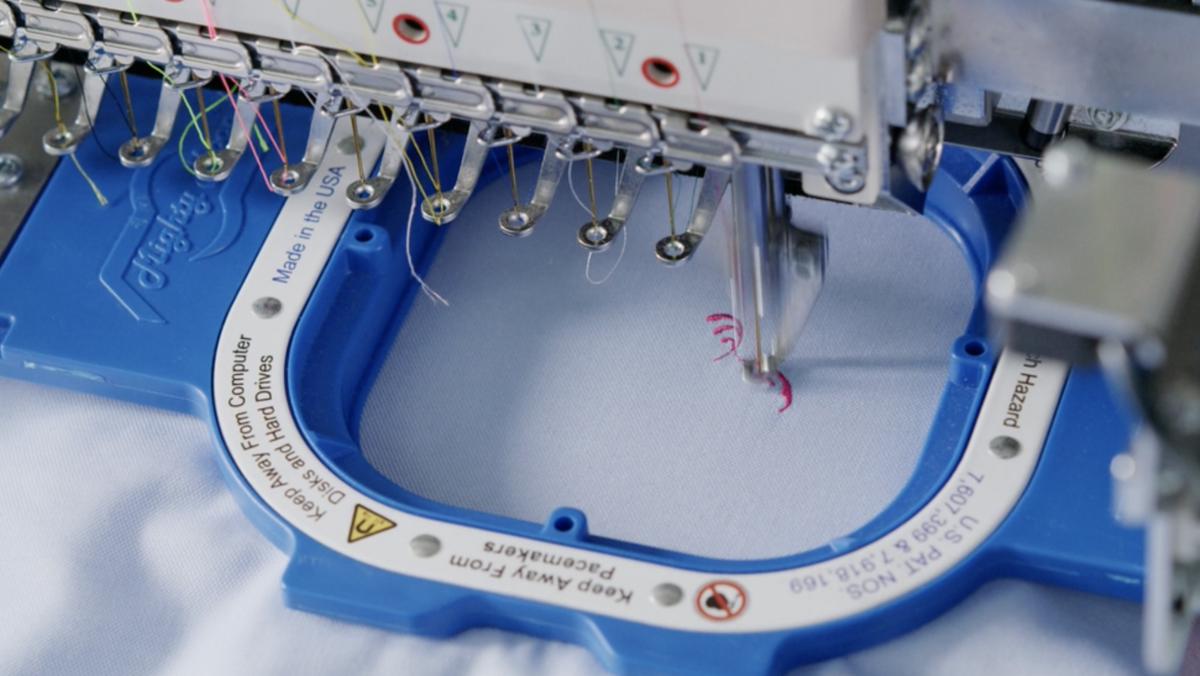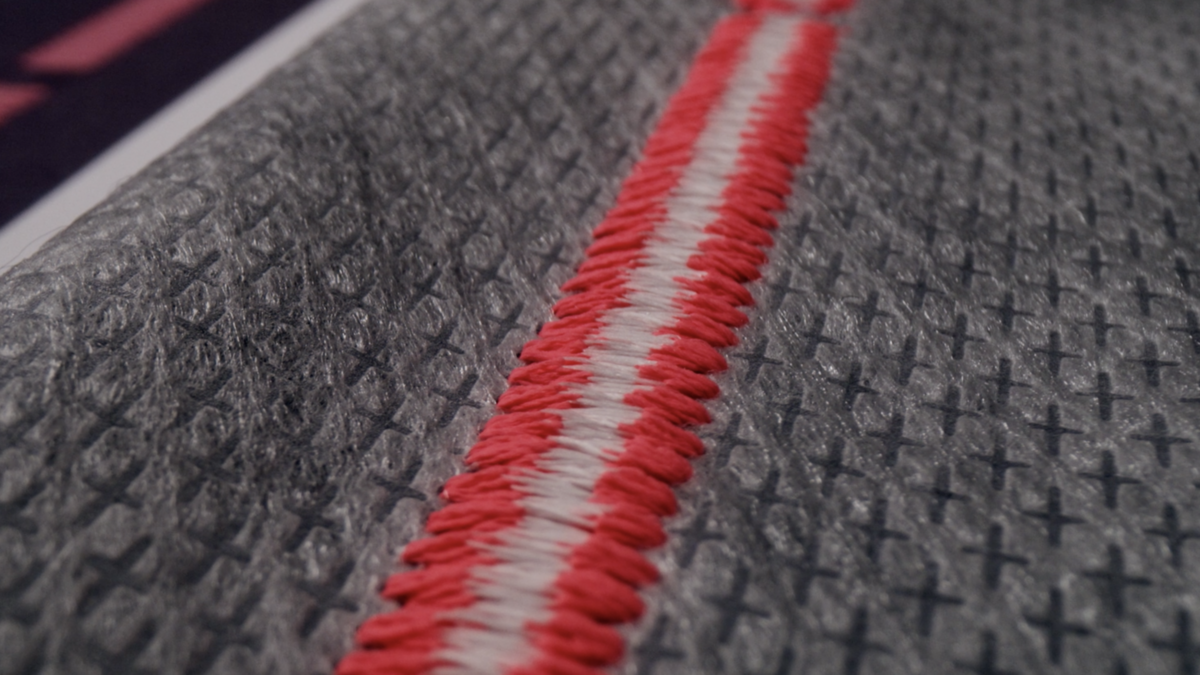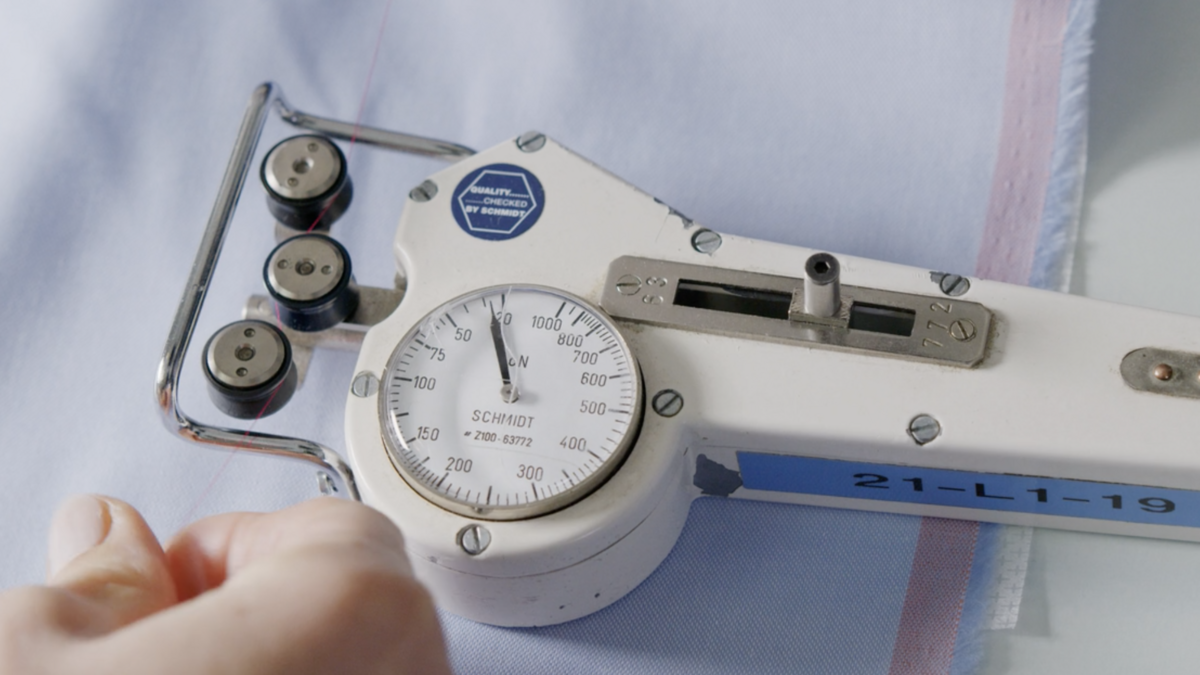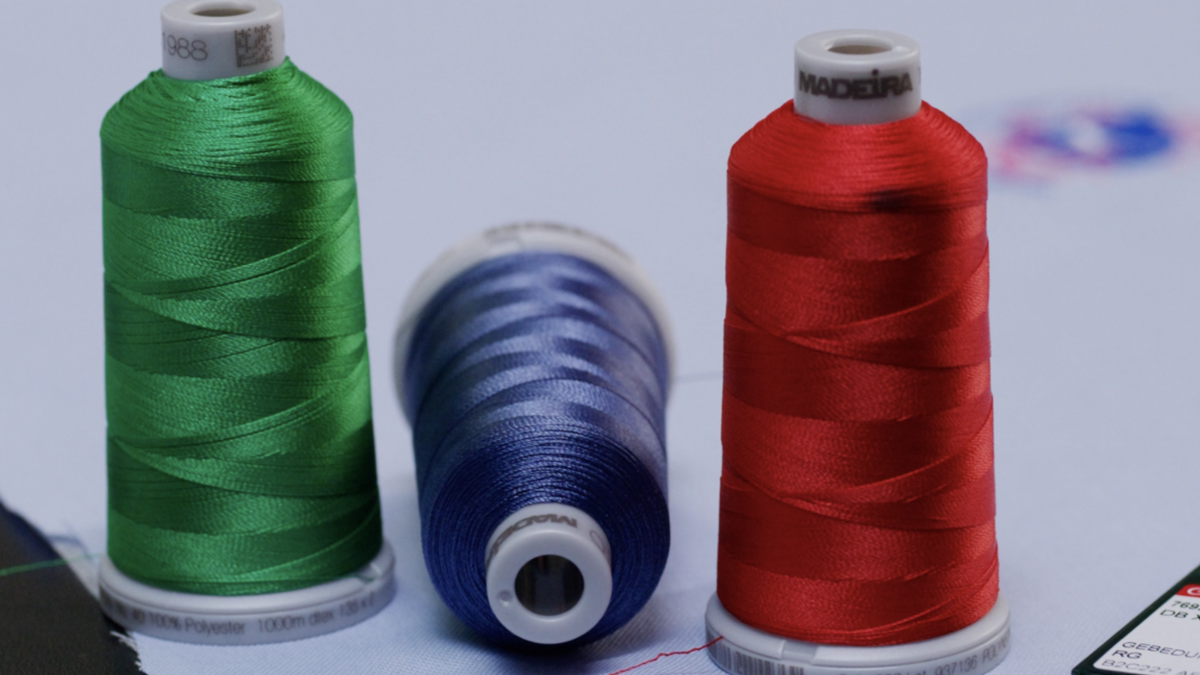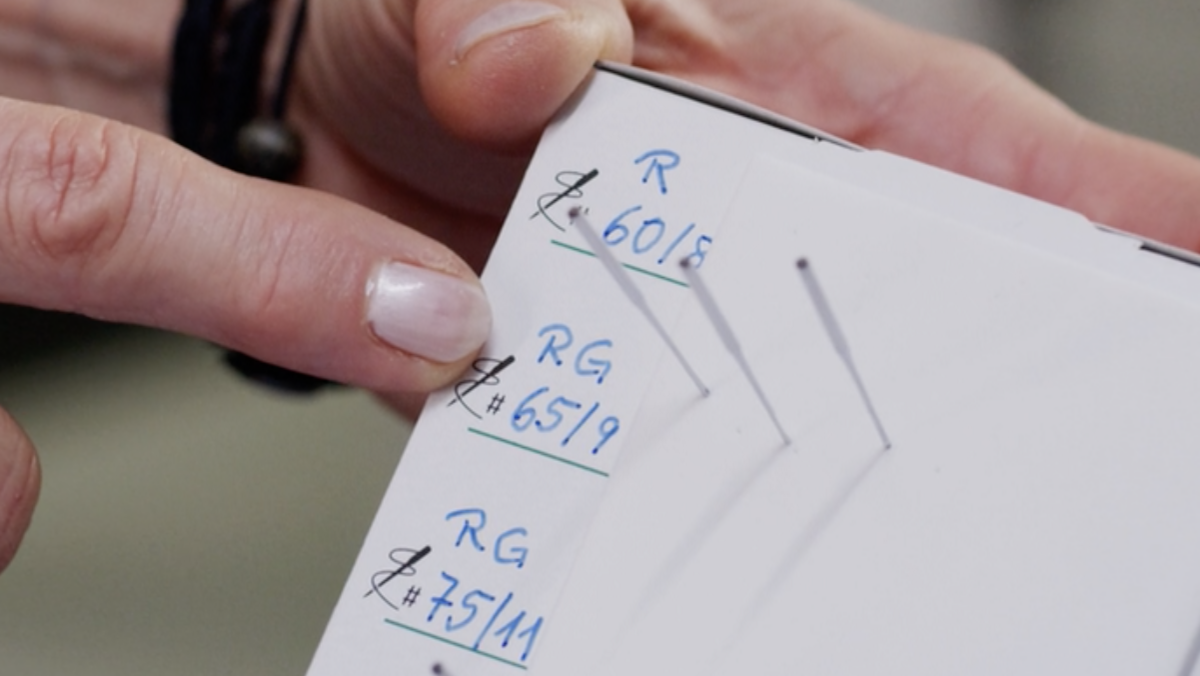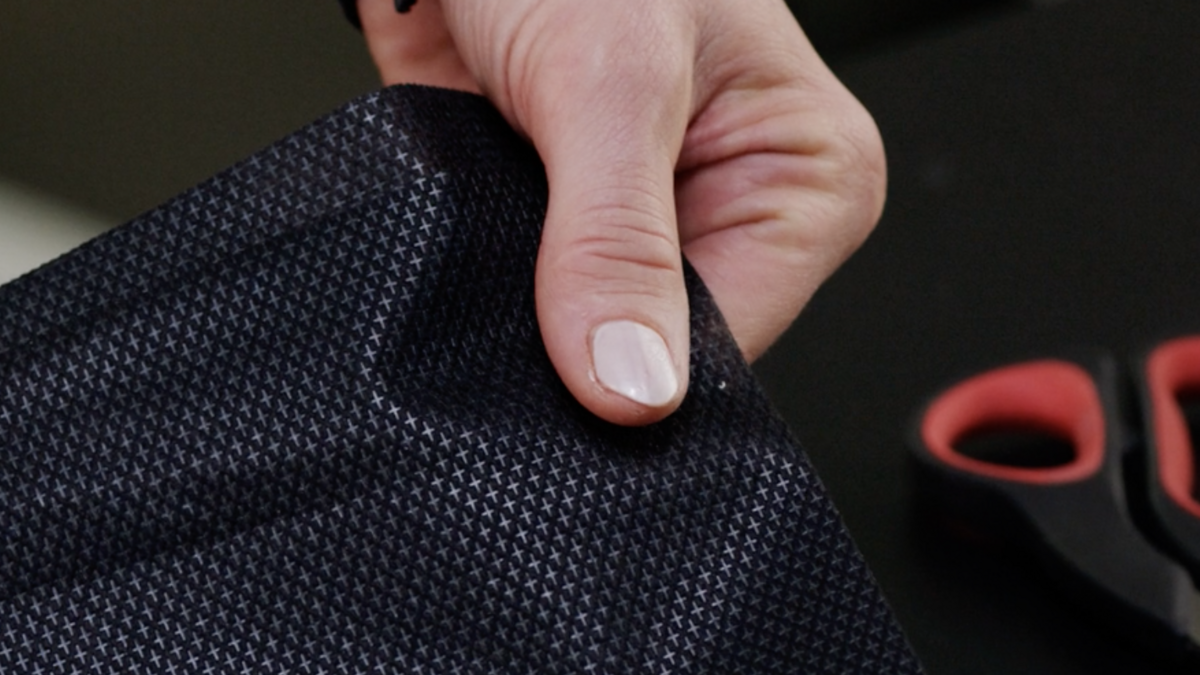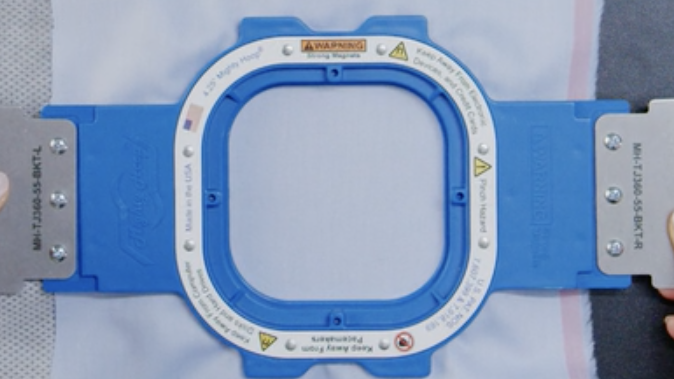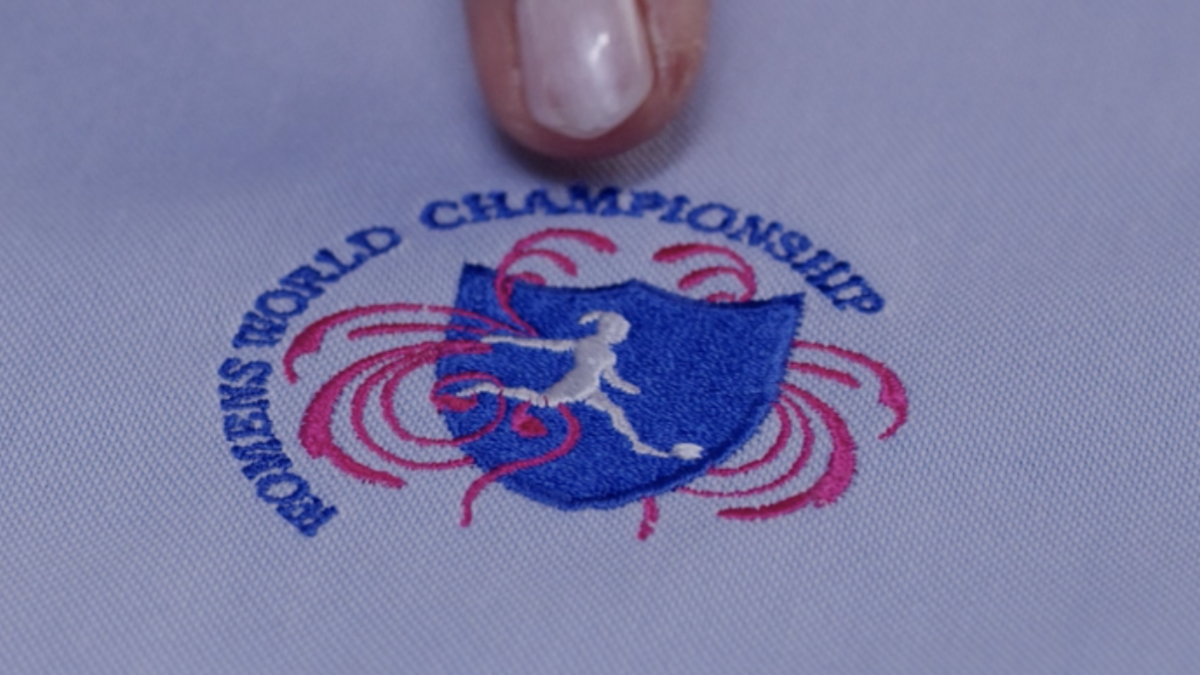How to avoid puckering during embroidery
Avoiding puckering is one of the most demanding jobs in embroidery. This tutorial gives you an introduction to which screws to turn to improve your embroidery results.
Pucker-free embroidery designs
There are eight important factors to check: adjust to the fabric used, use the right thread tension, select an appropriate needle size, adjust the stitch density and machine speed, vary the thread weight, use the right backing, hoop correctly and adjust until it works.
